Golf is a popular pass time for many people around the world. Some enjoy golf tournaments since they provide an opportunity for healthy competition. In contrast, others want to enjoy the tranquil setting surrounded by green grass, lush green trees, lakes, and ponds that golf courses offer. Every golfer needs a set of golf clubs before heading out to a golf course. One of the most common clubs for golfers is the golf wedge. Although many golfers use the pitching wedge, there are other different types of golf wedges that we think you should know about.
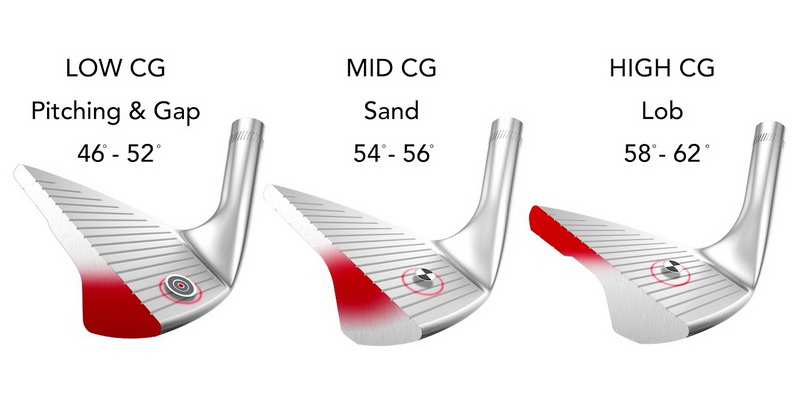
First things first, what is a wedge in golf?
In golf, a wedge is a club that belongs to a subset of the iron family. We use it for short game shorts. Considering that these shots take about 50% of the shots you play in a round, it is essential to master your wedge play. In this regard, people use wedges like the most common and crucial clubs in golf. Golf wedges differ from other iron family counterparts because they have:
- the heaviest iron clubheads (the wider part that hits the ball);
- shortest shafts (the long tapered tube that connects the golfer’s hand to the clubhead);
- highest lofts (angle of the clubface that controls trajectory and contributes to distance).
Golf wedges come in different finishes, lofts, bounce, and grinds. It helps any golfer get closer to the pin when inside the 135 yards area. With this said, now let’s dive into the discussion of the different types of golf wedges that are available today.
FAQ
❓ What are the types of golf wedges?
- Pitching wedges;
- Gap wedges;
- Sand wedges;
- Lob wedges.
❓ How many degrees have the loft of the pitching wedge, and at what distance does it throw the ball?
- a pitching wedge has a loft of 45-50 degrees;
- average distance is from 130 to 135 yards.
❓ How many degrees have the loft of the gap wedge?
A gap wedge has a loft of 46-54 degrees;
❓ How many degrees have the loft of the sand wedge, and at what distance does it throw the ball?
- a sand wedge has a loft of 54-58 degrees;
- average distance is around 90 yards.
❓ How many degrees have the loft of the lob wedge, and at what distance does it throw the ball?
- a lob wedge has a loft of 60-65 degrees;
- average distance is around 70 yards.
Different types of golf wedges
Currently, there are 4 main types of golf wedges. The primary difference in the wedges discussed below is the loft degrees that make them applicable in different swing situations.
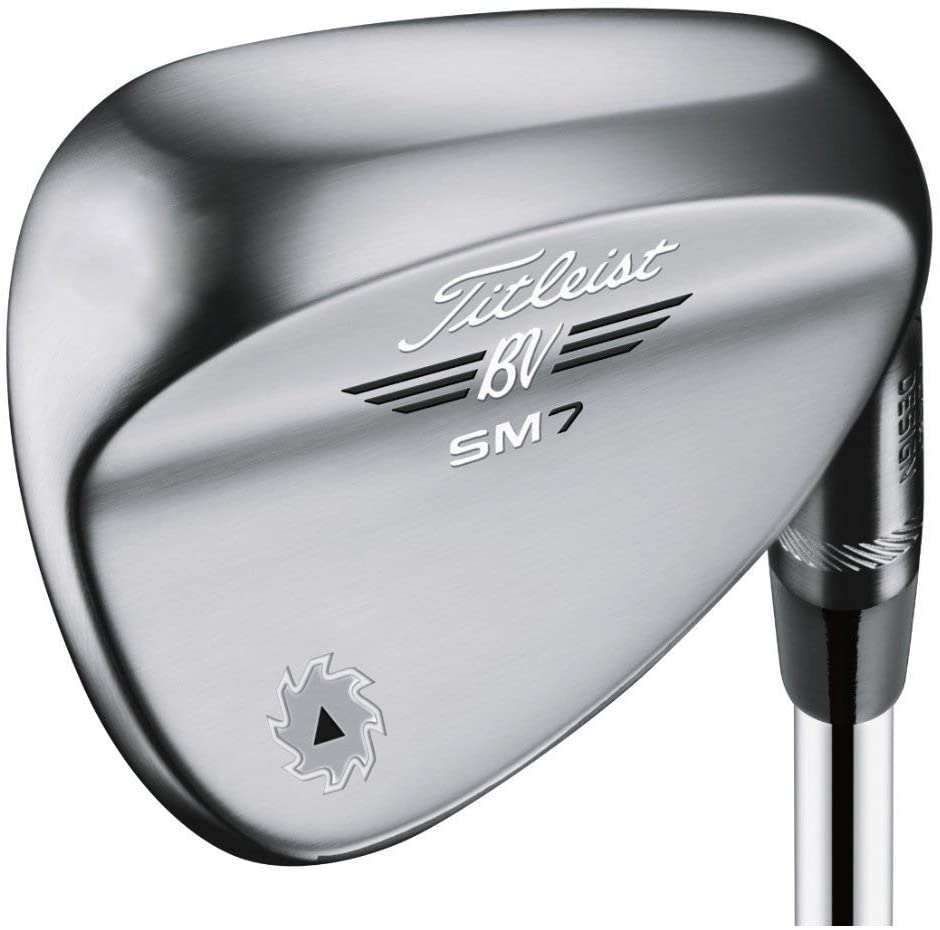 Pitching wedges
Pitching wedges
For a long time, the pitching wedge has been one of the most important clubs in golfer’s bags. This golf wedge is a great all-rounder that feels good in the hand. People can use it in a wide array of situations. Regardless of your swing skill level, the pitching wedge can get you out of some tricky spots distant from the pin.
Generally, a pitching wedge has a loft of 45-50 degrees. However, due to the latest technology used in this club’s production, you can find a pitching wedge that is stronger than 45. The average distance of a pitching wedge ranges between 130 and 135 yards. The pitching wedge has the least amount of bounce. The sole of the wedge that prevents the clubhead from digging into the turf during a high impact swing. The pitching wedge is perfect for golfers looking to hit the green. The ball should not roll very far from the green since a pitching wedge hit makes it travel high in the air.
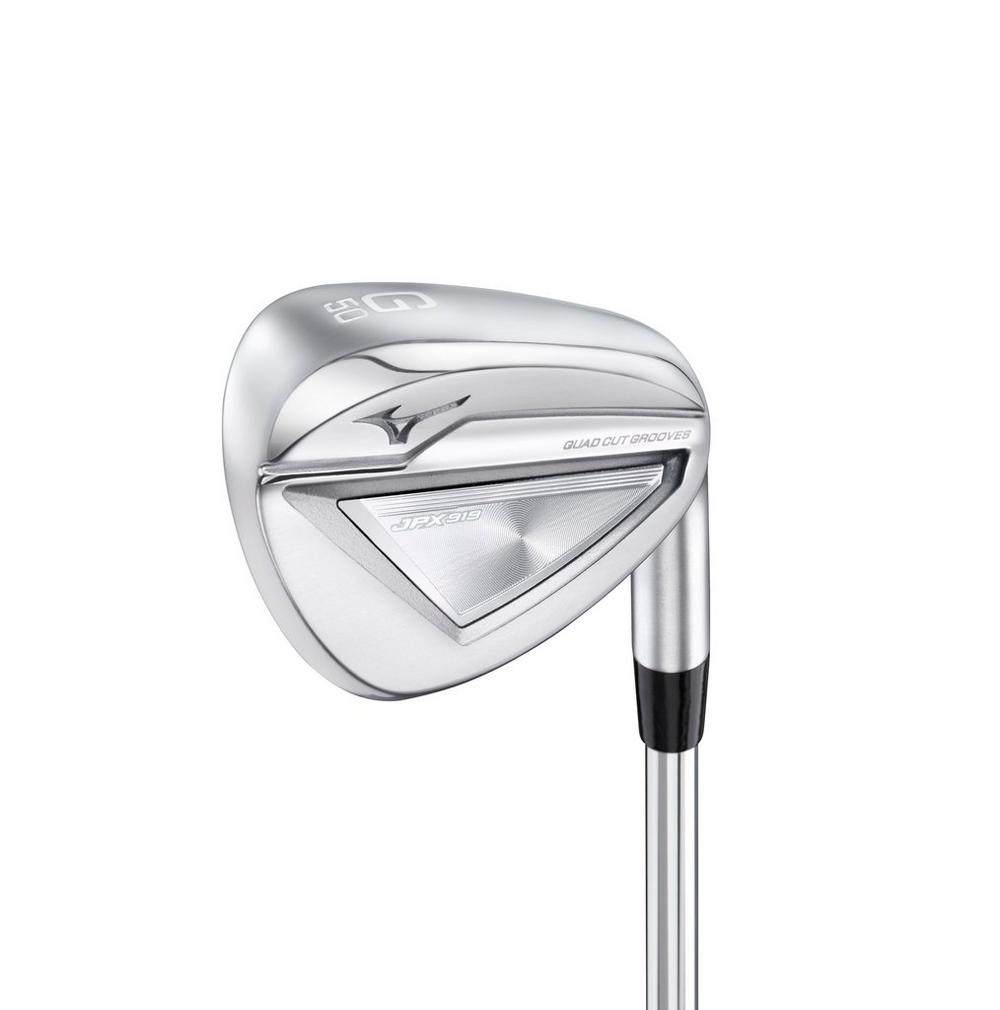 Gap wedges
Gap wedges
The gap wedges are designed to give a roundup in the golf wedges collection you already have. Also referred to as the utility wedge or attack wedge, this club is meant to fill the ‘gap’ between the pitching wedge and the sand wedge.
The loft of gap wedges ranges between 46 and 54 degrees. The approximately 10 degrees difference ensures that these golf wedges are suitable in a wide array of swing situations. If you want to play a too short shot for a pitching wedge and too short for a sand wedge, this is the club you should go for. This club is also suitable for pitches that do not involve full swings and longer chips.
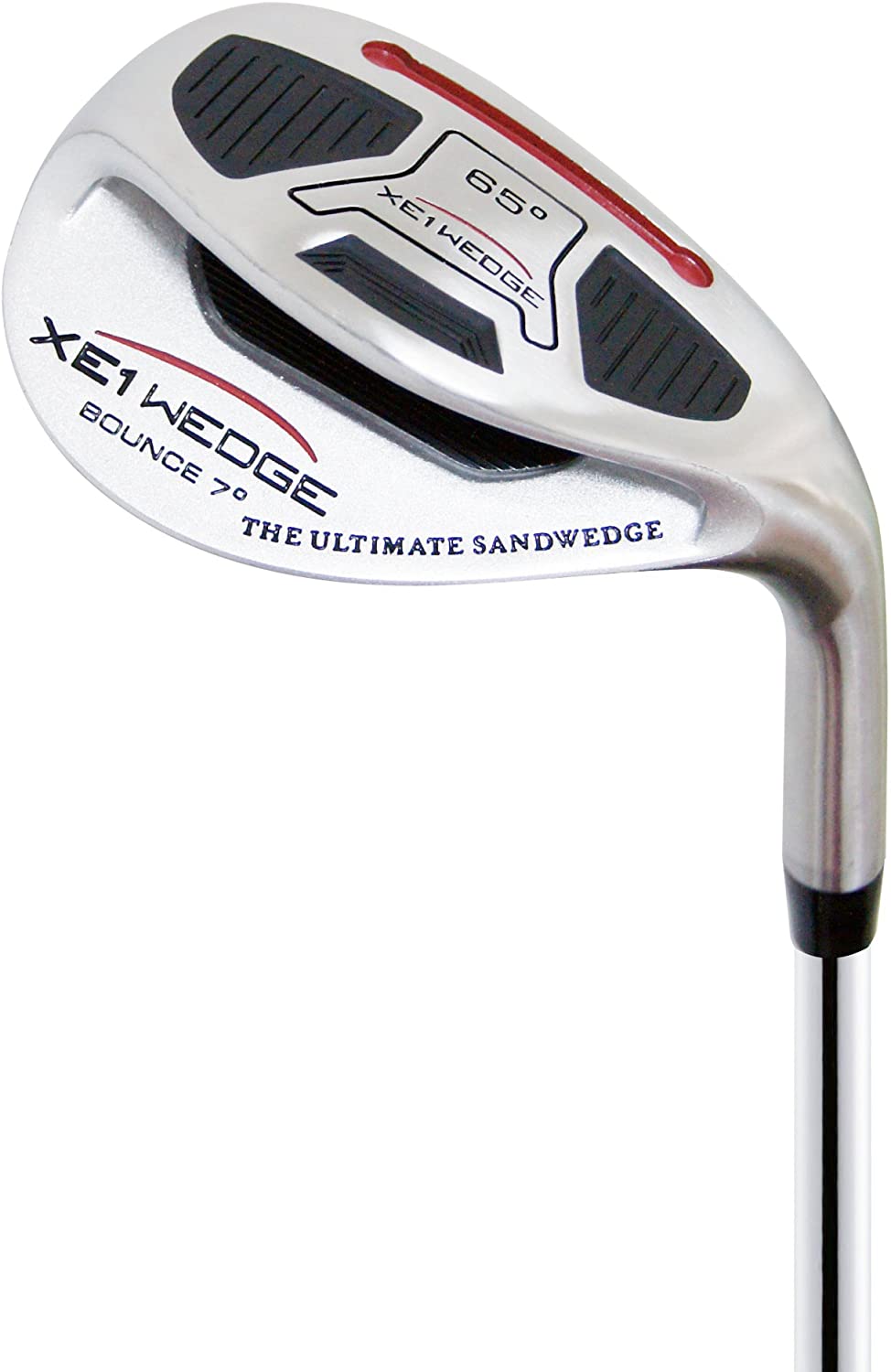 Sand wedges
Sand wedges
If you have played golf in the past, you would agree that sand traps and bunkers are the most challenging plays in a golf setting. Considering this, golf club manufacturers had to come up with a way of improving the experience in these plays through the development of sand wedges.
With a loft of between 54 and 58 degrees, the sand wedges are versatile clubs designed for golfers who want to hit from the sand. Because of their broad, round, and curved head, the sand wedges are also suitable for little chips from the fringe and belly-wedge putts done from the collar of the greenside rough. With a regular golf swing, the sand wedge can hit the ball around 90 yards. Sand wedges have the shortest shafts and come in handy when golfers need to spin on the ball.
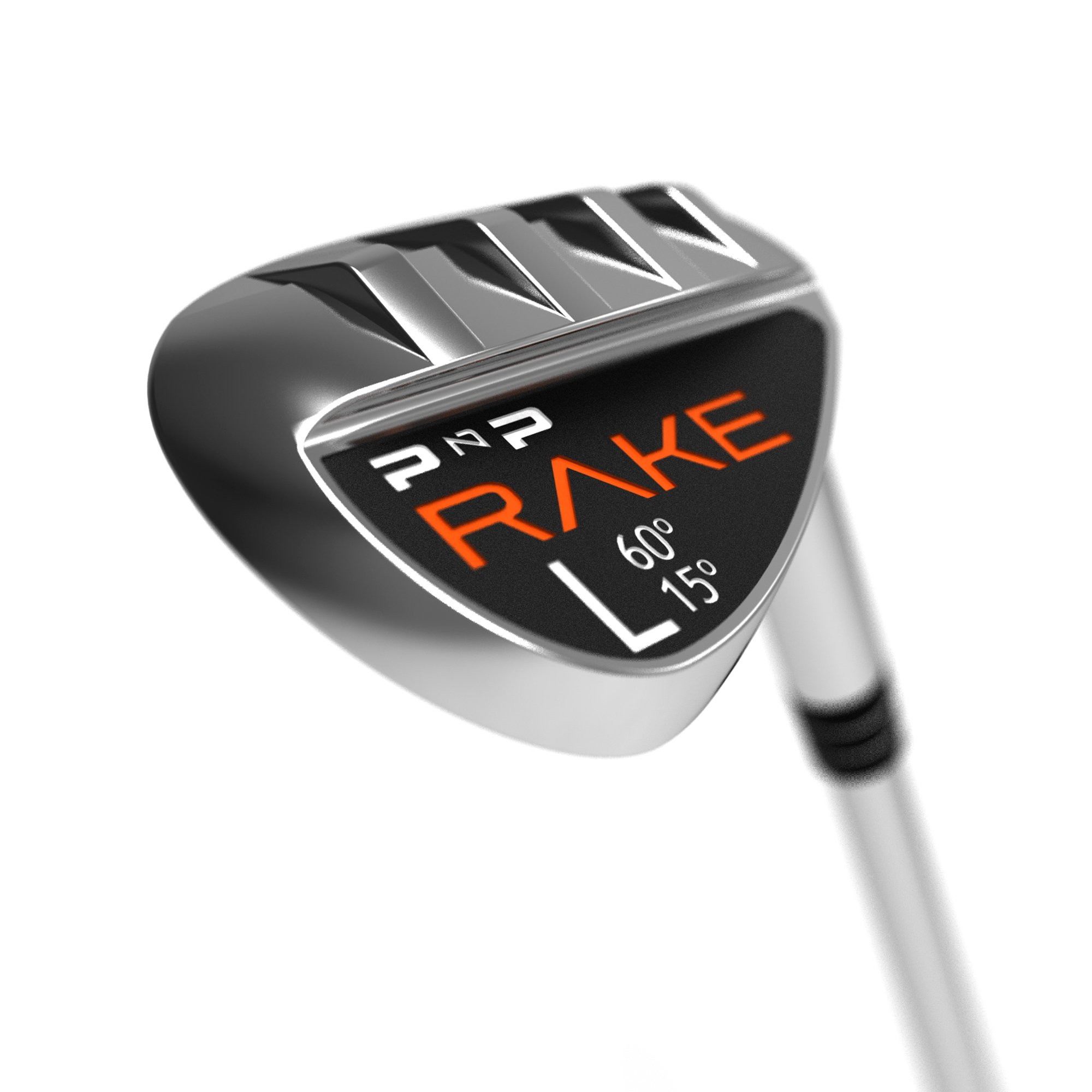 Lob wedges
Lob wedges
Although the lob wedges are not a must item in a standard golf club set, they can help you out in some situations. For a long time, golfers had a difficult time playing chips and bunker shots around the green. Since the introduction of the lob wedges, this is not a challenge anymore.
A lob wedge has a loft ranging between 60 to 65 degrees. Lob wedges are generally designed to send the ball high into the air and produce more spins with shots around the green. With a standard shot, a golfer can hit 70 yards with a lob wedge. If you are looking for more finesse than power in your shots, this is the golf wedge to go for.
Different types of golf wedges. Which wedge should you carry?
Most golf instructors recommend that you have four degrees of difference between all your wedges. Since the choice of the wedge to use depends primarily on the kind of shots you will play on the golf course, you need to visit your golf club fitter to know the correct combination of wedges you should have based on your swing specifications.
The bottom line
The technology used in golf clubs’ production is always changing, intending to improve golfers’ experience using the equipment. Recently, people direct most of these technological advancements to the golf wedges, indicating their vital role in golf. Previously, golfers just grabbed a pitching wedge and a sand wedge to a golf course, but today, there are different types of golf wedges that you can use for an enhanced golf experience. No matter how experienced you are at the game, it would help if you consulted a certified golf fitter before going for any of the golf wedges discussed above.